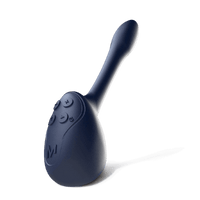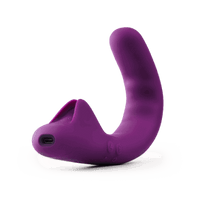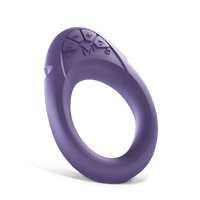Sexuality is a complex topic encompassing a wide range of interests and preferences. BDSM, which stands for Bondage, Discipline, Dominance, Submission, Sadism, and Masochism, is one such area of sexuality that has gained increasing attention in recent years.
BDSM typically involves power dynamics between two or more partners, with one partner taking on a dominant role while the other assumes a submissive role. Dominance is a crucial aspect of BDSM, and in the article, we will explore diverse types of domination.
1. Gentle or soft dom
A gentle or soft dom takes a more nurturing approach to dominance. The dom type is focused on creating a safe and comfortable space for their submissive partner. They may use soft commands or gentle physical touch to exert their dominance. A gentle mild dom may also prioritize their submissive's emotional and physical needs above their own.
2. Primal dom
On the other hand, a primal first dom is focused on the raw and instinctual nature of dominance. They may use physical force or aggressive commands to assert their dominance. The dom type is often associated with animalistic behavior like growling or biting.
3. Part-time master
A part-time master only takes on a dominant role during designated times or within specific settings. This may be due to other obligations such as other relationships, family obligations, or a general lack of time to commit to a 24/7 lifestyle.
4. Kinky dom
A kinky dom incorporates a variety of fetishes and kinks into its dominance. They may use props, such as whips or restraints, to enhance their control over their submissive partner. A kinky dom may also be interested in exploring more taboo or edgy aspects of BDSM, such as humiliation or pain play.
5. Master
A master is a type of dom who takes on a more permanent and all-encompassing role in their submissive's life. They may have a long-term relationship with their submissive partner and take on a role similar to ownership. A master may have complete control over their submissive's life, including their daily routines, finances, and emotional well-being.
Conclusion
How do people know if they are submissive or dominant? This question is one that many people who are new to BDSM may ask themselves. Remembering that there is no one-size-fits-all answer to this question is crucial. Some individuals may feel naturally drawn to a dominant role, while others may prefer a more submissive role.
The best way to discover one's BDSM preferences is through communication and exploration. Individuals can talk with their partner or partners about their interests and boundaries and engage in safe and consensual BDSM activities to discover what feels right for them.
BDSM and dominance can be a fulfilling and exciting part of one's sexuality. By understanding the diverse types of domination, individuals can explore their BDSM interests and preferences safely and respectfully. As with any aspect of sexuality, it is essential to prioritize communication, consent, and personal well-being.















































